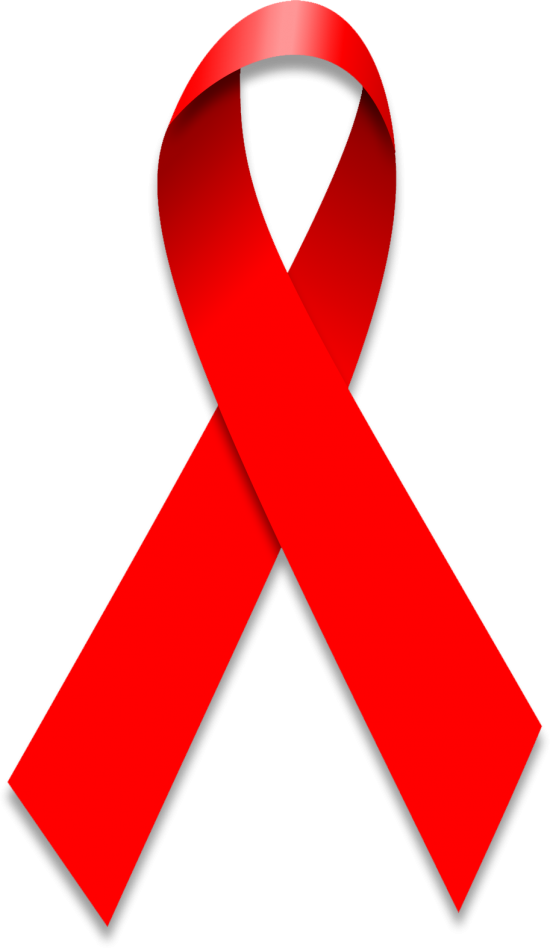3. Cancer
Cancer is the uncontrolled growth of abnormal cells in the body. Cancerous cells are also called malignant cells. Cells are the building blocks of living things. Cancer grows out of normal cells in the body. Normal cells multiply when the body needs them, and die when the body doesn’t need them. Cancer appears to occur when the growth of cells in the body is out of control and cells divide too quickly. It can also occur when cells forget how to die. There are many different kinds of cancers. Cancer can develop in almost any organ or tissue, such as the lung, colon, breast, skin, bones, or nerve tissue.
There are many causes of cancers, including:
- Benzene and other chemicals
- Drinking excess alcohol
- Environmental toxins, such as certain poisonous mushrooms and a type of poison that can grow on peanut plants (aflatoxins)
- Excessive sunlight exposure
- Genetic problems
- Obesity
- Radiation
- Viruses
2. Common Cold
Sneezing, sore throat, a stuffy nose, coughing – everyone knows the symptoms of the common cold. It is probably the most common illness. In the course of a year, people in the United States suffer 1 billion colds. You can get a cold by touching your eyes or nose after you touch surfaces with cold germs on them. You can also inhale the germs. Symptoms usually begin 2 or 3 days after infection and last 2 to 14 days. Washing your hands and staying away from people with colds will help you avoid colds.
There is no cure for the common cold. For relief, try
- Getting plenty of rest
- Drinking fluids
- Gargling with warm salt water
- Using cough drops or throat sprays
- Taking over-the-counter pain or cold medicines
1. AIDS/HIV

Acquired Immune Deficiency Syndrome or Acquired ImmunoDeficiency Syndrome (AIDS) is a disease of the human immune system caused by the human immunodeficiency virus (HIV). This condition progressively reduces the effectiveness of the immune system and leaves individuals susceptible to opportunistic infections and tumors. HIV is transmitted through direct contact of a mucous membrane or the bloodstream with a bodily fluid containing HIV, such as blood, semen, vaginal fluid, preseminal fluid, and breast milk. This transmission can involve anal, vaginal or oral sex, blood transfusion, contaminated hypodermic needles, exchange between mother and baby during pregnancy, childbirth, breastfeeding or other exposure to one of the above bodily fluids.




